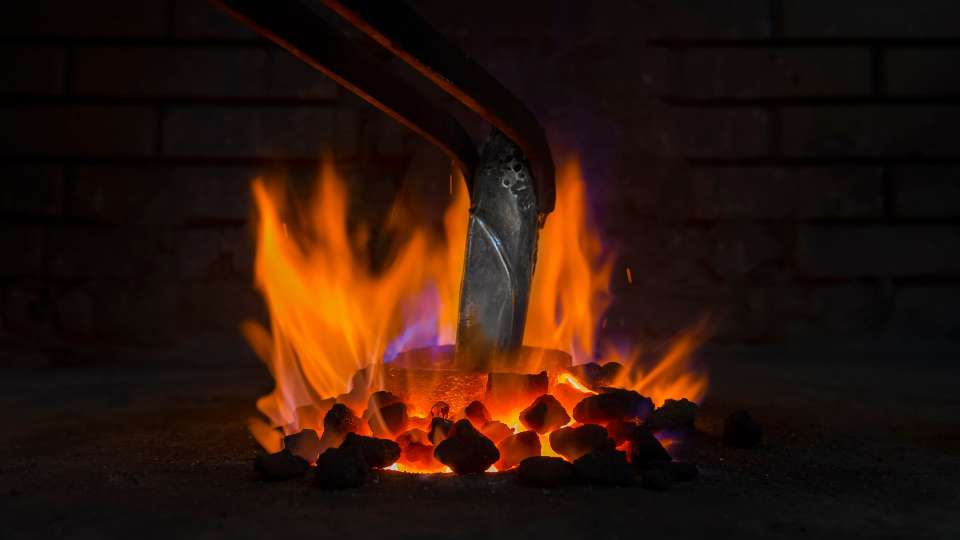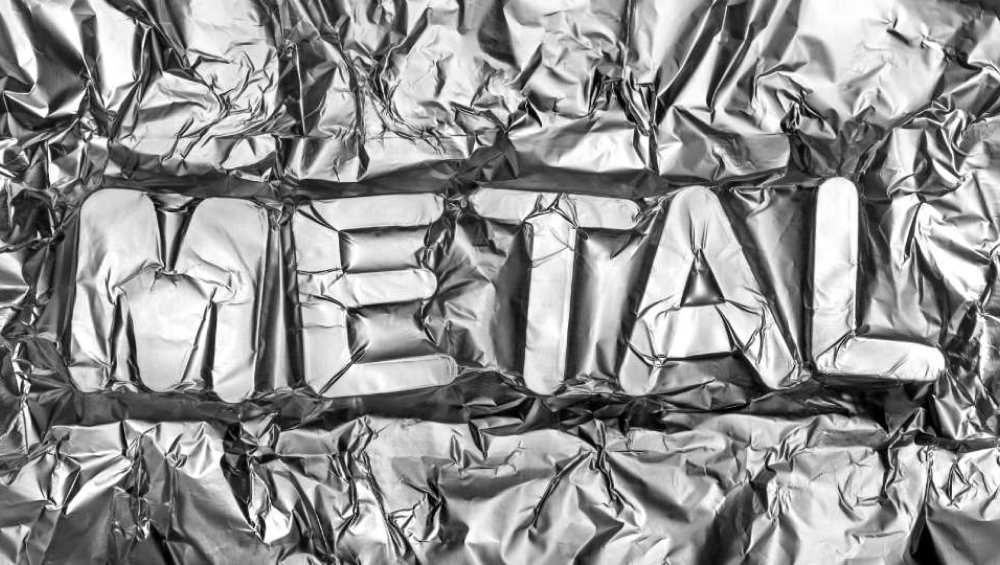Current State of the Base Metals Market
The base metals market has been characterized by significant volatility over recent months, driven by a combination of supply chain disruptions, fluctuating demand, and geopolitical tensions. Metals such as copper, aluminum, and nickel have seen price swings that reflect broader economic uncertainties.
Current inventory levels and production capacities are also playing a crucial role in shaping market dynamics. For instance, a reduction in mining activities has been observed, primarily due to stringent environmental regulations that aim to minimize ecological damage and promote sustainable practices. These regulations have significantly impacted countries such as China, Australia, and Canada, where non-compliant mines face closure or are required to implement costly upgrades, which can slow down production.
In China, the government has enforced strict environmental standards, leading to the shutdown of several mines. Australia has also introduced regulations to protect its unique ecosystems, affecting mining operations. Similarly, Canada has implemented policies to ensure sustainable mining practices, impacting production levels. Additionally, labor shortages have compounded these challenges, as the mining industry struggles to attract and retain skilled workers, leading to decreased operational efficiency and output.
These factors combined have led to tighter supply conditions, thereby exerting upward pressure on prices as demand continues to outpace the available supply. This situation is further exacerbated by logistical challenges in transporting raw materials, which can delay shipments and contribute to market instability.
Key Factors Influencing Base Metal Prices
Several key factors are influencing base metal prices, including demand from major economies, currency fluctuations, and technological advancements. Industrial demand, especially from sectors like construction and automotive, remains a primary driver. In the construction industry, the need for metals like steel, aluminum, and copper is essential for building infrastructure, residential projects, and commercial developments. As urbanization continues to rise globally, the demand for these metals is expected to grow, further impacting prices.
Moreover, changes in government policies, particularly those related to trade tariffs and environmental regulations, can significantly impact prices. Trade tariffs imposed by major economies can alter the cost structure of importing and exporting metals, affecting global supply chains and pricing dynamics. The increased costs for manufacturers will be then passed on to consumers, thereby influencing demand and prices.
Environmental regulations, on the other hand, can lead to increased production costs as mining companies invest in cleaner technologies and processes to comply with stricter standards. For example, recent shifts in China’s industrial policy, which include stringent environmental regulations and efforts to reduce carbon emissions, have had a profound effect on global metal markets.
These policies have led to the closure of non-compliant mines and increased production costs, contributing to tighter supply conditions and higher prices.
Expert Predictions for Base Metals Prices
In recent years, the base metal market has experienced significant fluctuations, driven by a variety of factors including global economic conditions, supply chain disruptions, and geopolitical tensions. Understanding these dynamics is crucial for stakeholders in the industry.
According to the LME, copper prices have seen a 15% increase over the past year, largely due to increased demand from the renewable energy sector. Similarly, aluminum prices have risen by 10%, influenced by supply constraints and rising production costs. The IMF’s latest report highlights that geopolitical tensions, particularly in regions rich in mineral resources, have contributed to market volatility, affecting investor confidence and pricing stability. By integrating these resources and numbers into the analysis, stakeholders can gain a clearer understanding of the market dynamics and make informed decisions.
Market analysts have offered a range of predictions for base metal prices in the upcoming quarters. Many experts anticipate that prices will remain elevated due to ongoing supply constraints and robust demand recovery post-pandemic. However, there is also a contingent that believes prices could stabilize or even decline if global economic growth slows down or if new mining projects come online, alleviating some of the supply pressures.
Impact of Global Economic Trends on Base Metals
Global economic trends have a profound impact on base metal prices. Economic indicators such as GDP growth, industrial production, and consumer spending are closely watched by market participants. The ongoing energy transition and the push towards greener technologies are also significantly influencing demand patterns for base metals. As countries and companies strive to reduce carbon emissions and adopt sustainable practices, the demand for metals used in renewable energy technologies and electric vehicles is rising.
For instance, the increased adoption of electric vehicles is boosting demand for metals like lithium and nickel, which are essential components in battery production. This shift towards cleaner energy sources is not only driving up demand for these specific metals but also encouraging innovation and investment in mining and processing technologies to meet the growing needs of the green economy. As a result, the base metals market is experiencing a transformation, with new opportunities and challenges emerging as the world moves towards a more sustainable future.

Investment Strategies in a Volatile Market
Navigating the volatility of the base metals market requires a strategic approach that is both comprehensive and adaptable to changing conditions. One of the most effective strategies is diversification, which remains a fundamental principle for investors. By spreading risk across a variety of metals and related assets, investors can mitigate the impact of price swings in any single commodity. This approach not only reduces potential losses but also allows investors to capitalize on opportunities in different segments of the market, such as copper, aluminum, nickel, and other essential base metals.
In addition to diversification, staying informed about macroeconomic trends and geopolitical developments is crucial for making well-informed investment decisions. Investors need to keep a close watch on global economic indicators, such as GDP growth rates, inflation, and industrial production, as these factors can significantly influence metal prices. Geopolitical events, such as trade disputes, regulatory changes, and political instability in key mining regions, can also have profound effects on market dynamics. By understanding these broader trends, investors can anticipate potential market shifts and adjust their strategies accordingly.
Moreover, utilizing financial instruments such as futures and options can provide valuable hedging opportunities against price fluctuations. These instruments allow investors to lock in prices or speculate on future price movements, offering a way to manage risk and potentially enhance returns. Futures contracts can be used to secure a predetermined price for a metal at a future date, protecting against adverse price changes. Options, on the other hand, provide the flexibility to buy or sell a metal at a set price within a specific timeframe, offering a strategic tool for navigating market volatility. By incorporating these financial instruments into their investment strategies, investors can better manage the inherent risks of the base metals market and position themselves for long-term success.
Conclusion
Before diving into the world of trading base metals, it’s crucial to understand the market dynamics and the factors that influence prices, such as supply and demand, geopolitical events, and economic indicators. By gaining a comprehensive understanding of these elements, traders can make informed decisions and potentially capitalize on market opportunities. In conclusion, trading base metals can be a rewarding endeavor for those who are well-prepared and knowledgeable about the market’s intricacies. With careful analysis and strategic planning, traders can navigate the complexities of this sector and achieve their financial goals.
Start Trading with Orient Futures Singapore
Being an Overseas Intermediary of Shanghai International Energy Exchange (INE), Dalian Commodity Exchange (DCE), and Zhengzhou Commodity Exchange (ZCE), when foreign clients participate in internationalised futures contracts in these Chinese markets with us, they have direct access to trading, clearing, and settlement. Our parent company, Shanghai Orient Futures, is the largest broker in terms of aggregated volume across the five regulated exchanges in China.
Orient Futures Singapore also currently holds memberships at the Singapore Exchange (SGX), Asia Pacific Exchange (APEX), and ICE Futures Singapore (ICE SG). Starting August 2023, corporate clients can also gain access to the B3 Exchange through us, opening additional trading avenues.
Expect streamlined processes and an easy-to-use interface designed for minimal latency, accompanied by our team’s round-the-clock availability on trading days to provide assistance for all your trading needs.




